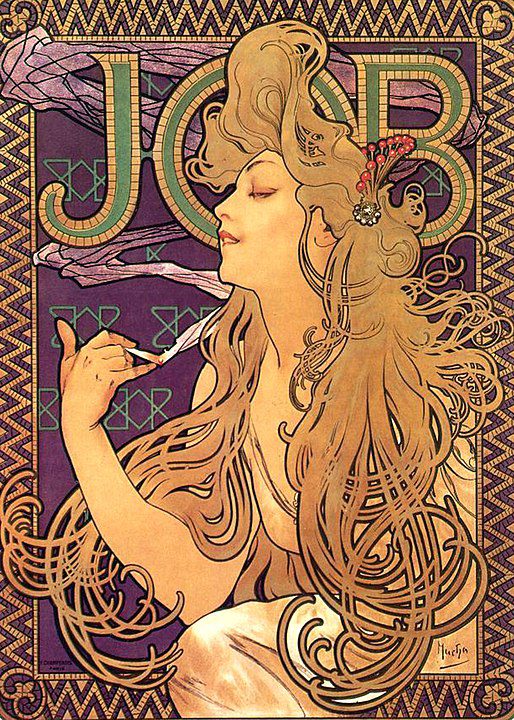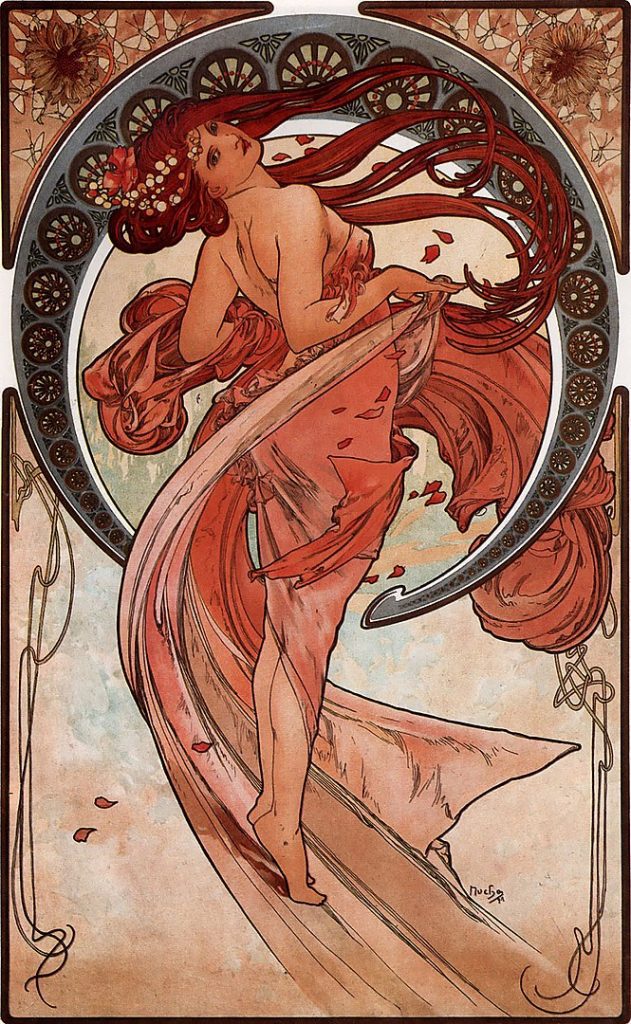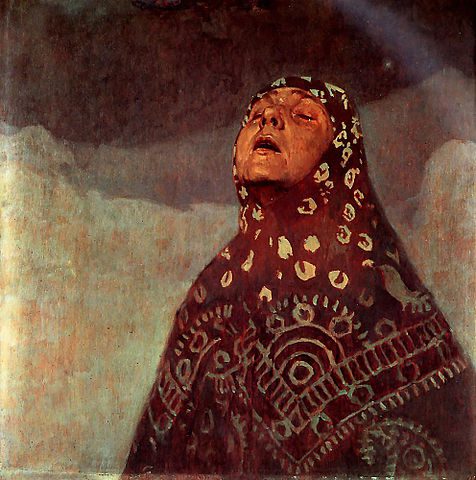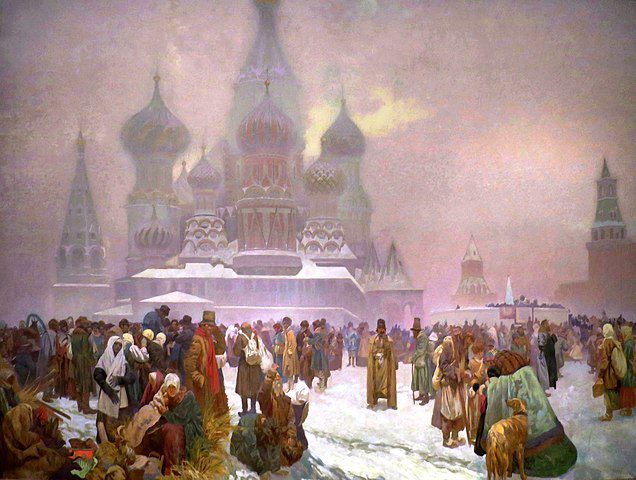
Alphonse Mucha (1860–1939) was a Czech artist, known for his distinctive Art Nouveau style that combined lush ornamentation, vibrant colors, and exquisite detail to create captivating images of ethereal beauty. Born in Ivancice, Moravia (then part of the Austrian Empire, now the Czech Republic), Mucha’s artistic journey began in his early years but gained significant momentum when he moved to Paris in the late 19th century. There, he found himself at the heart of the burgeoning Art Nouveau movement, which sought to break down the distinctions between the fine and applied arts, and to elevate the aesthetic quality of everyday objects.
Mucha’s rise to fame was almost accidental. In 1894, he produced a poster for the play “Gismonda,” starring the celebrated actress Sarah Bernhardt. The poster, with its distinctive style featuring a long, narrow format, elaborate decorative elements, and a mesmerizing portrayal of Bernhardt, was an instant success. This work catapulted Mucha into the spotlight and led to a six-year contract with Bernhardt and a prolific period where his style became synonymous with the Art Nouveau movement.

Mucha’s art is characterized by its use of sinuous lines, floral motifs, and a palette of soft, muted colors that evoke a sense of dreamlike elegance. His works often featured women with flowing hair and robes, embodying an ideal of feminine beauty that became a hallmark of the era. However, Mucha’s vision extended beyond his celebrated posters, illustrations, and advertisements. He was a versatile artist who worked across a range of media, including painting, jewelry design, and interior decoration, embodying the Art Nouveau ethos of integrating art into all aspects of life.
Slavic Nationalism
A significant aspect of Mucha’s work was its embodiment of Slavic nationalism. In the later part of his career, he dedicated much of his energy to the Slav Epic, a monumental series of twenty paintings depicting the history and mythology of the Slavic peoples. This project, which took him nearly two decades to complete, reflected his deep commitment to his national heritage and his belief in the power of art to express cultural identity.

Mucha’s influence extended beyond the realm of art; his distinctive style left a lasting imprint on graphic design, advertising, and illustration. His approach to composition, his innovative use of color, and his integration of type and image have influenced generations of artists and designers. Despite the commercial success of his work, Mucha never considered his commercial projects as separate from his more serious artistic endeavors. To him, all forms of art were interconnected, serving the primary function of bringing beauty to everyday life.
Elevating the Spirit
In addition to his artistic achievements, Mucha was also a man of deep philosophical beliefs, influenced by theosophy and a vision of art that served a spiritual and societal purpose. He saw his art as a means to communicate universal truths and to elevate the viewer’s spirit, an ethos that infused his works with a sense of purpose and depth beyond their visual appeal.
Despite his success abroad, Mucha always remained deeply connected to his Czech roots, and his contributions to Czech culture were recognized with numerous honors and accolades. His legacy endures not only through his art but also through his impact on the development of modern visual culture. Mucha’s work remains widely celebrated, with exhibitions around the world continuing to draw attention to his unique blend of artistry, nationalism, and spirituality.

Alphonse Mucha’s enduring appeal lies in his ability to blend the decorative with the meaningful, creating works that are not only visually stunning but also rich in cultural and symbolic significance. His vision of a world where art enhances every aspect of daily life continues to inspire and resonate, making him a pivotal figure in the history of modern art.




